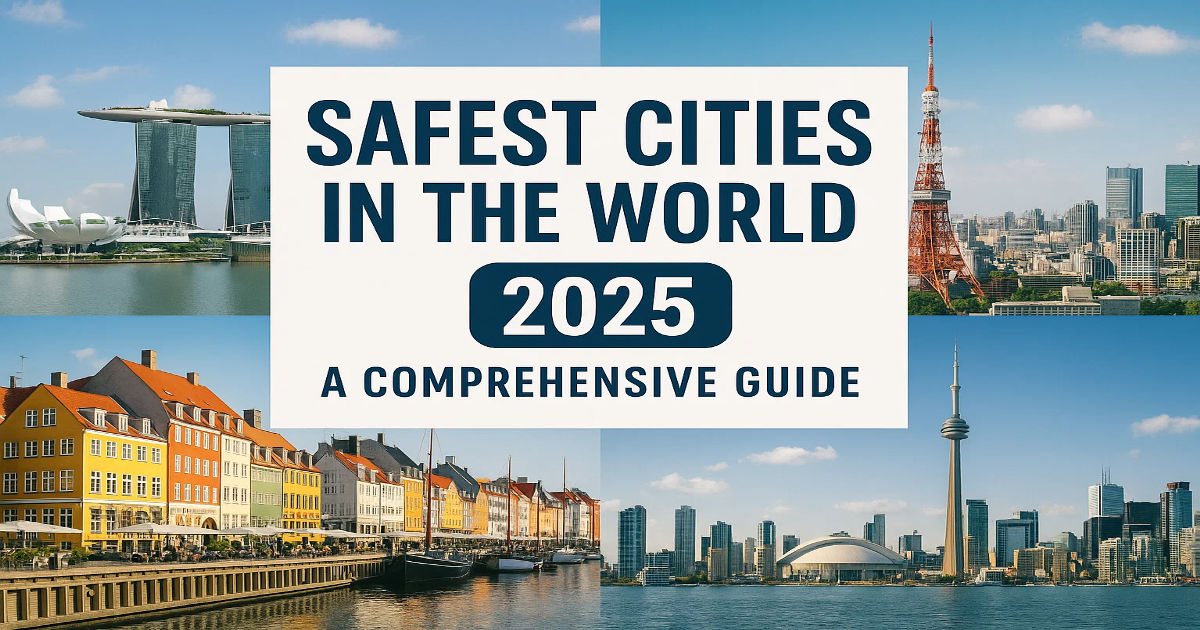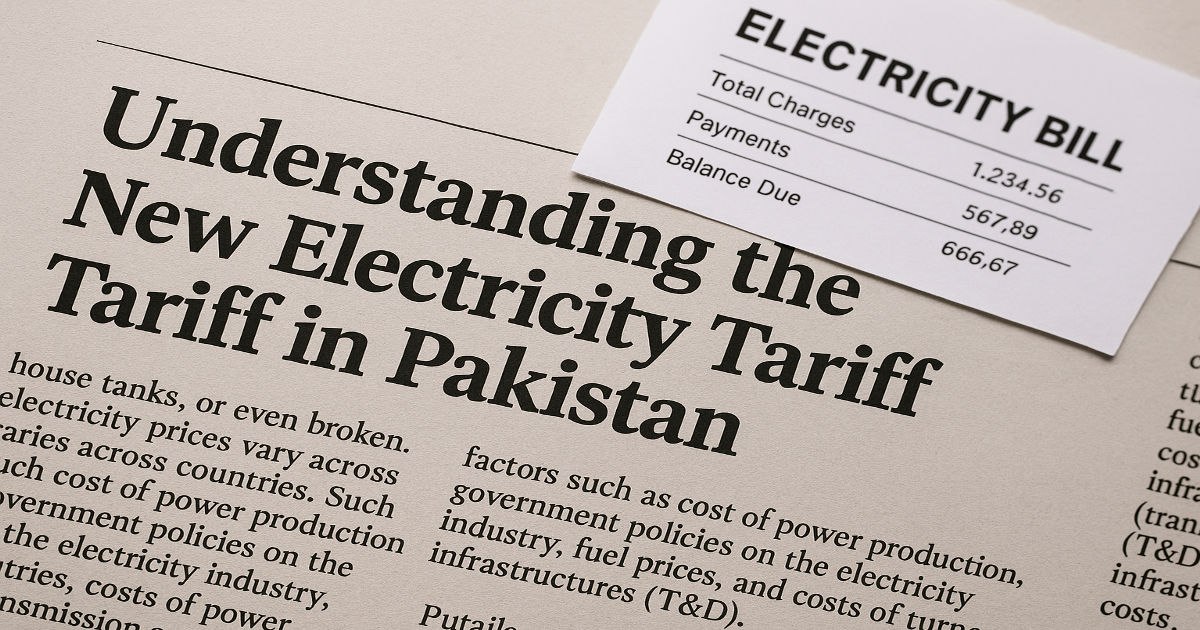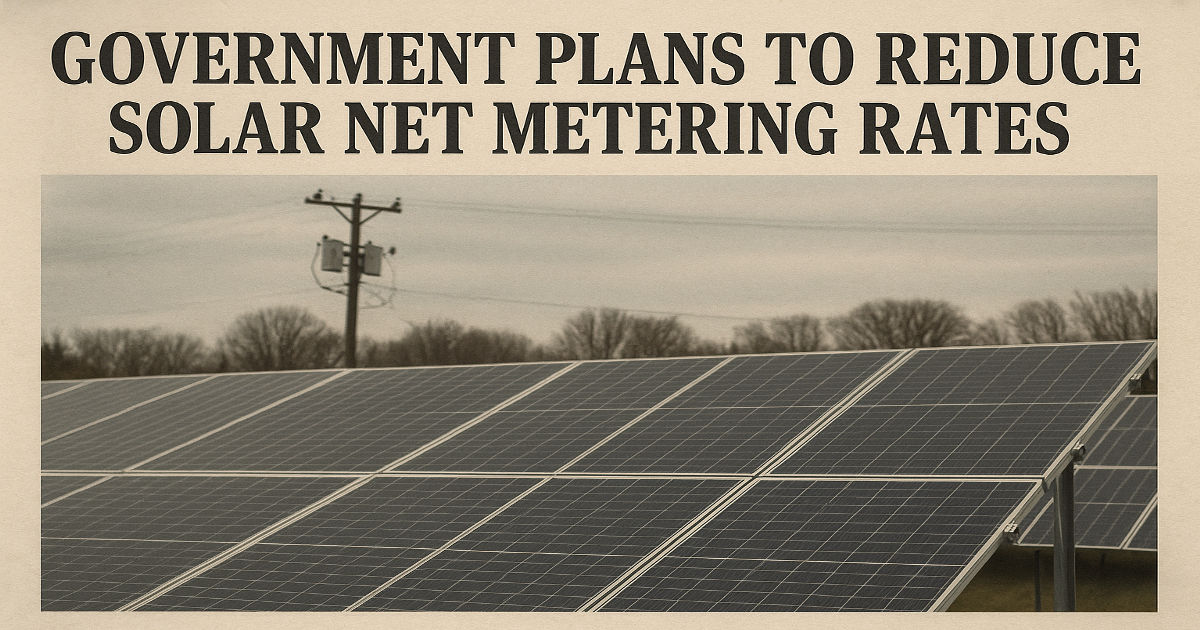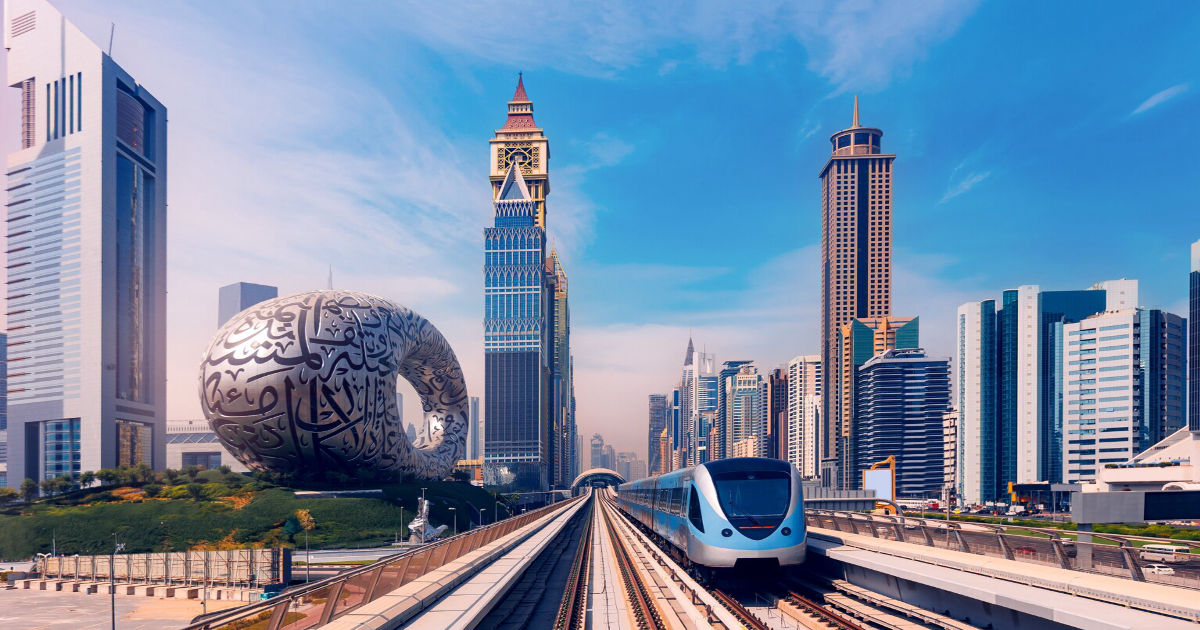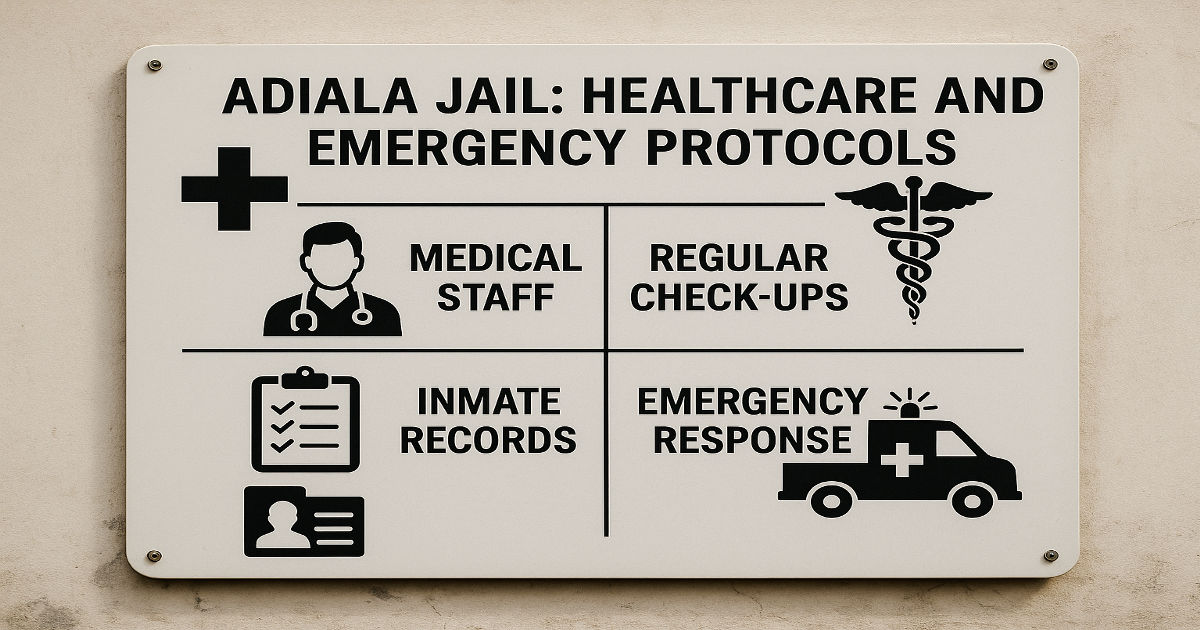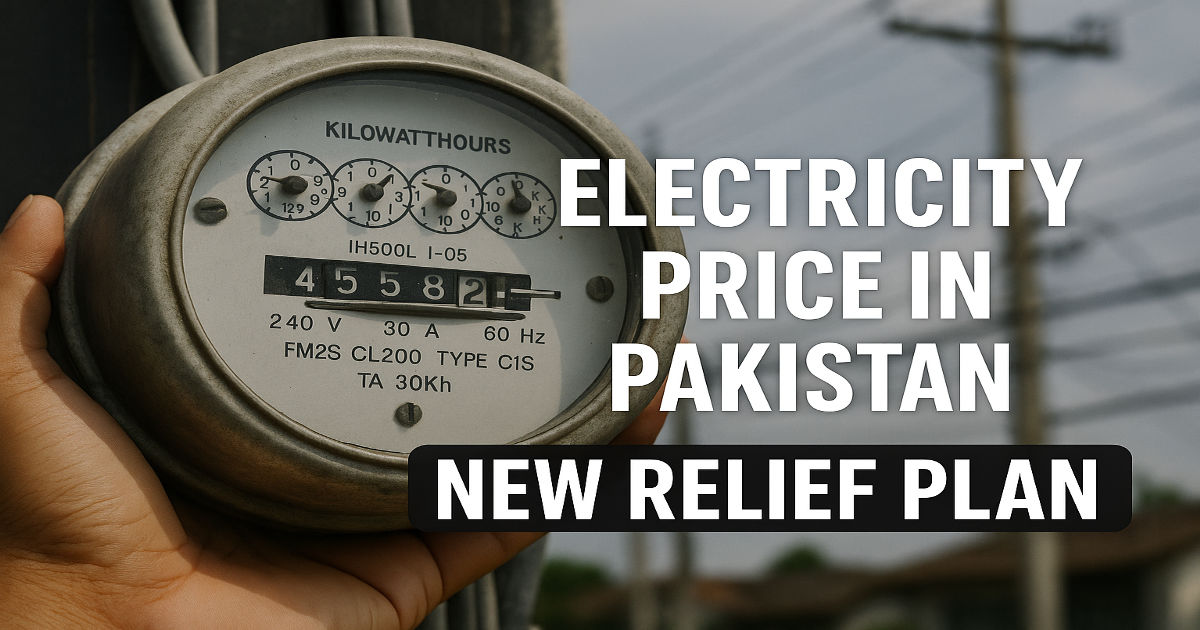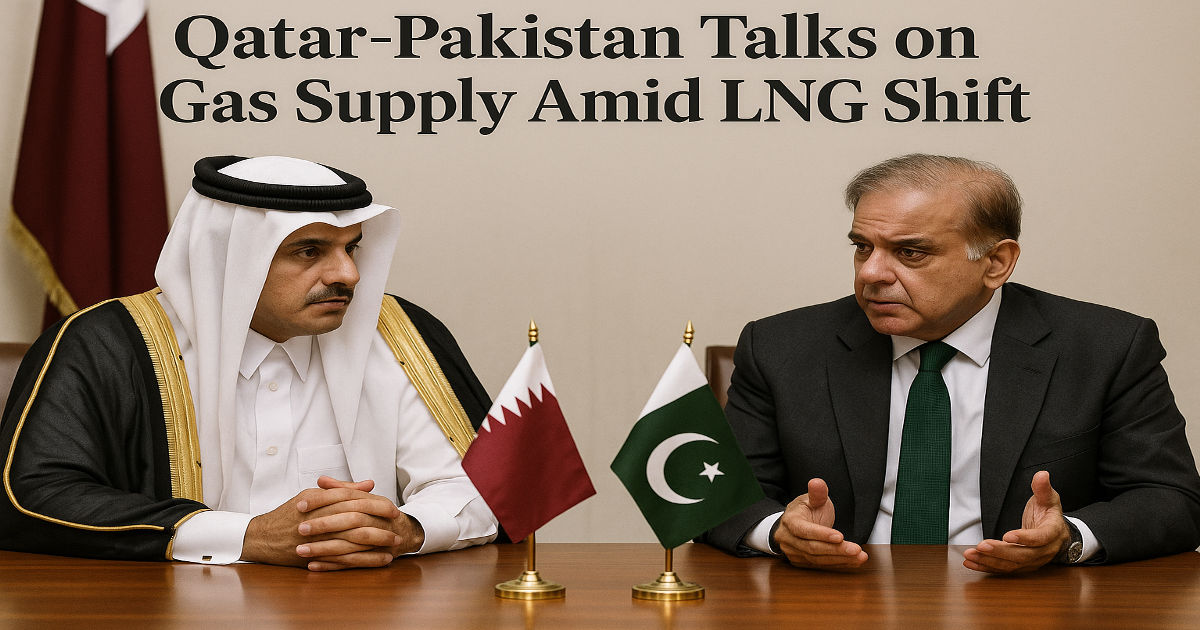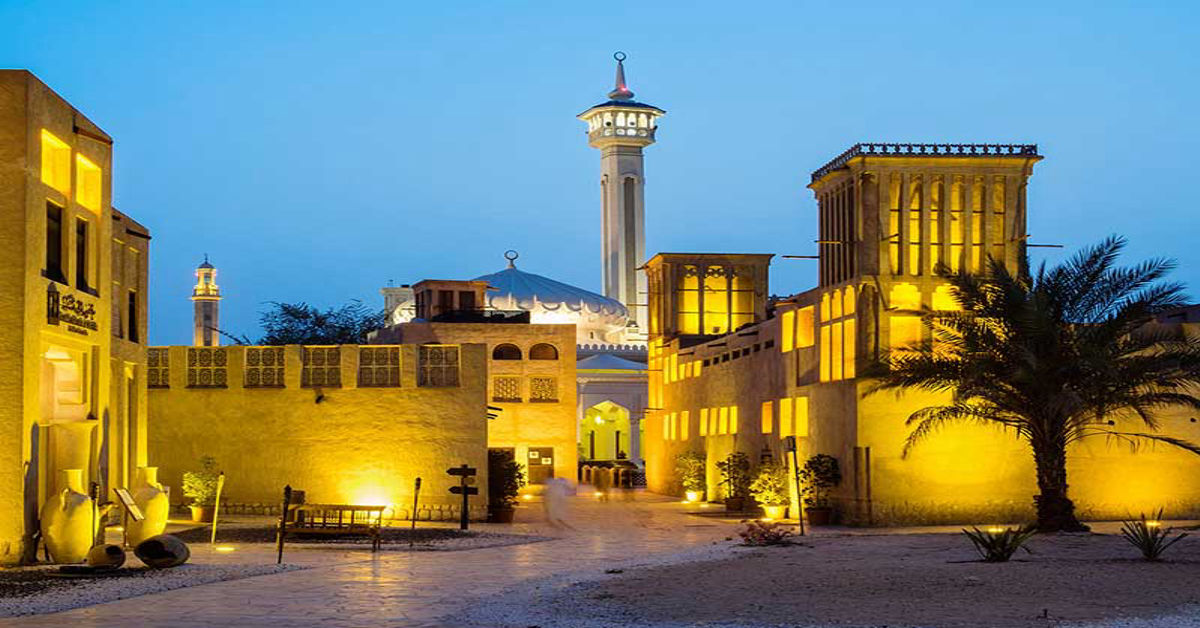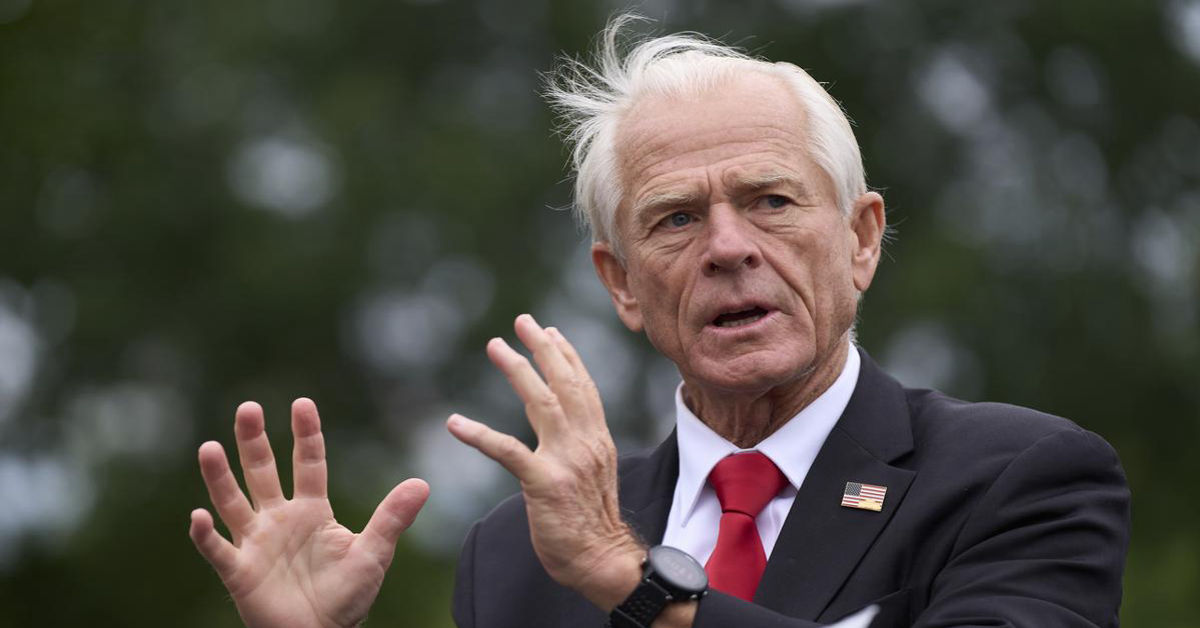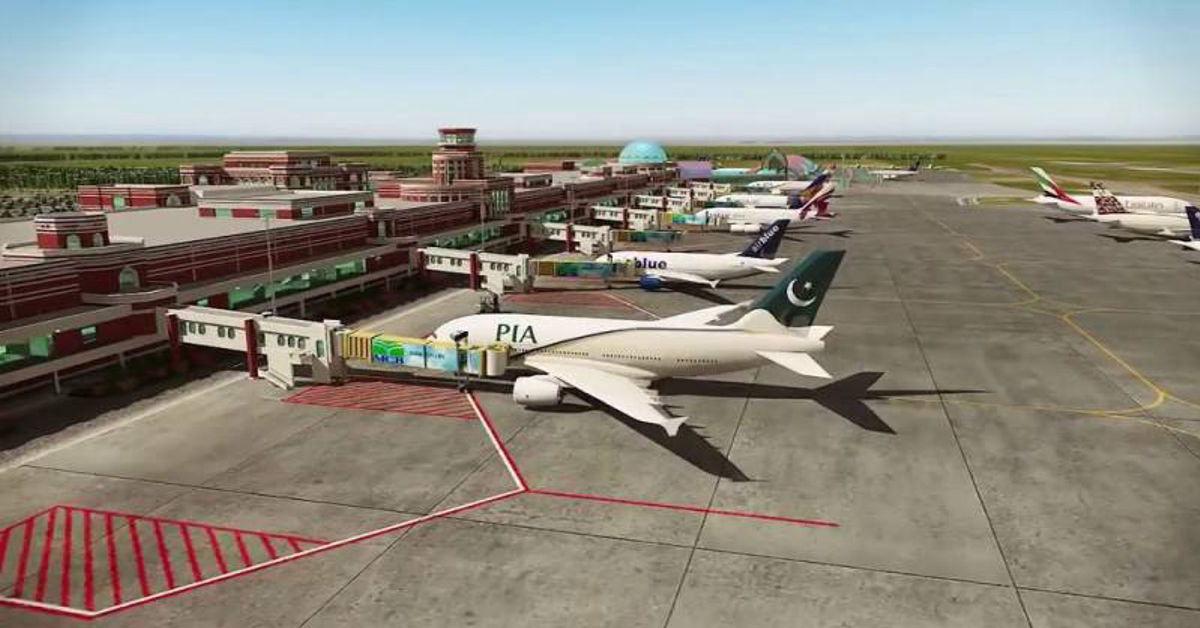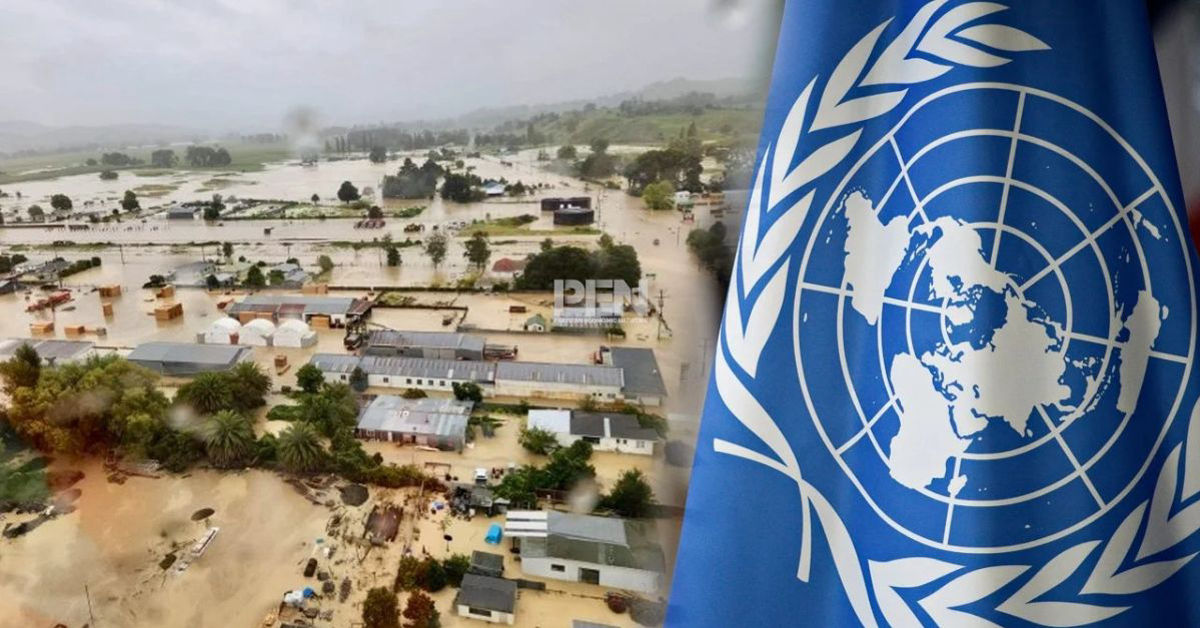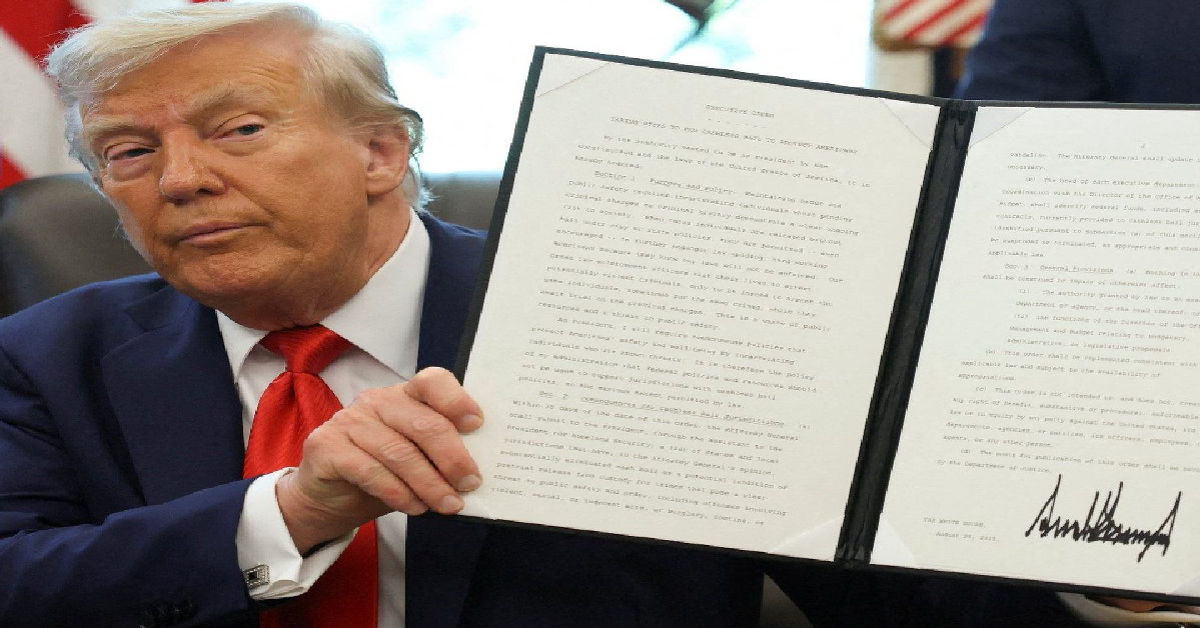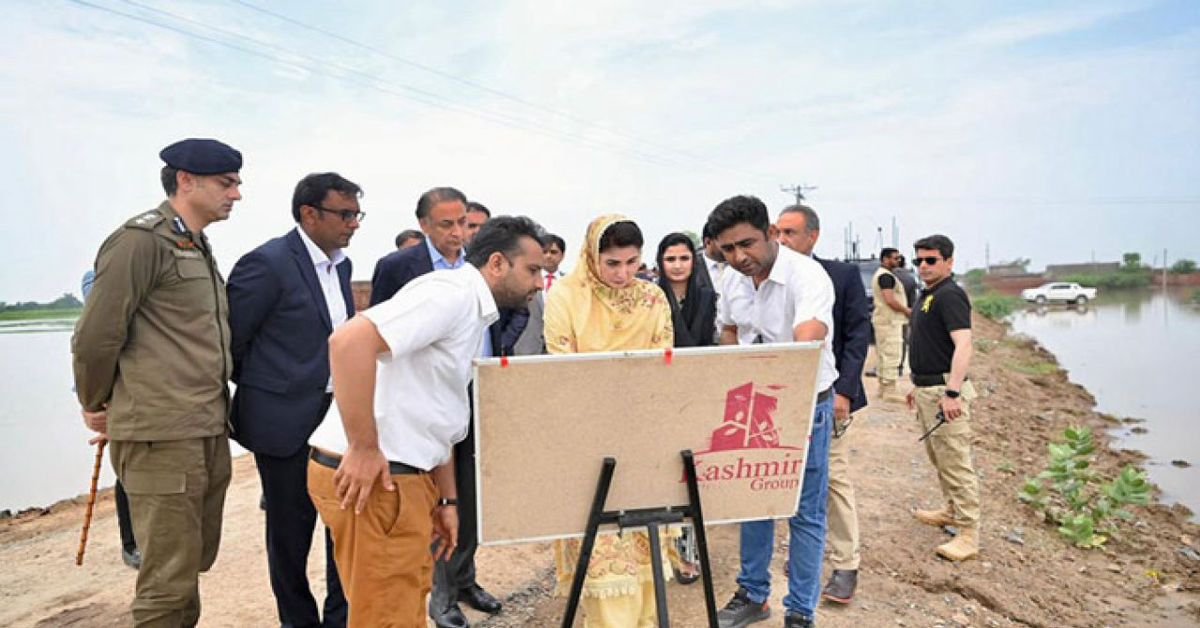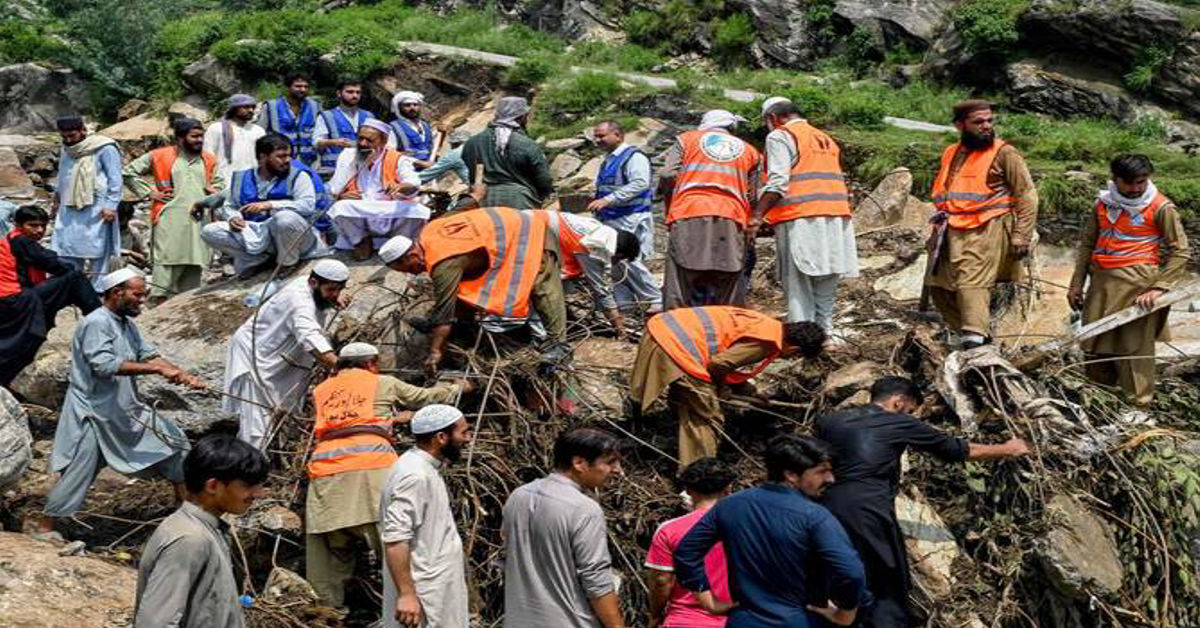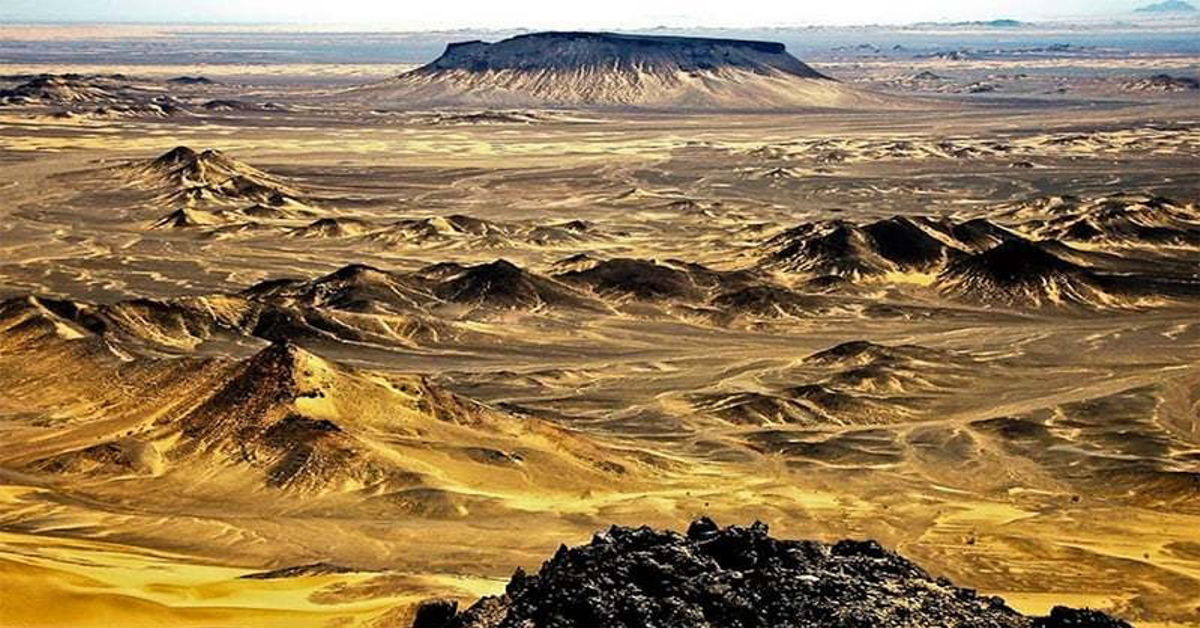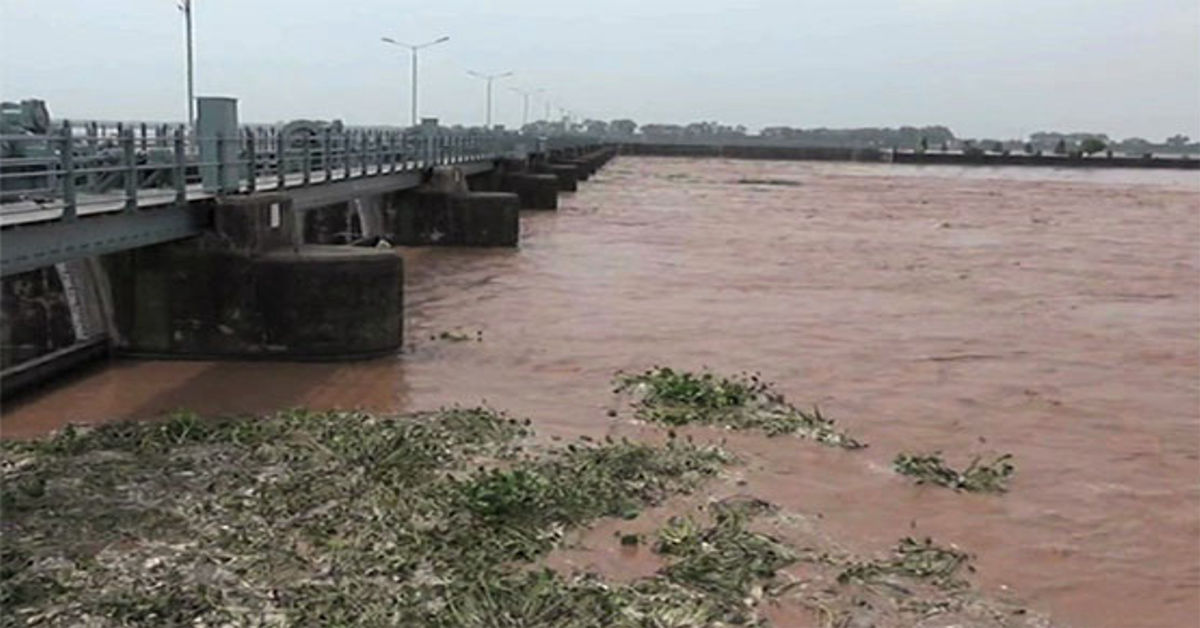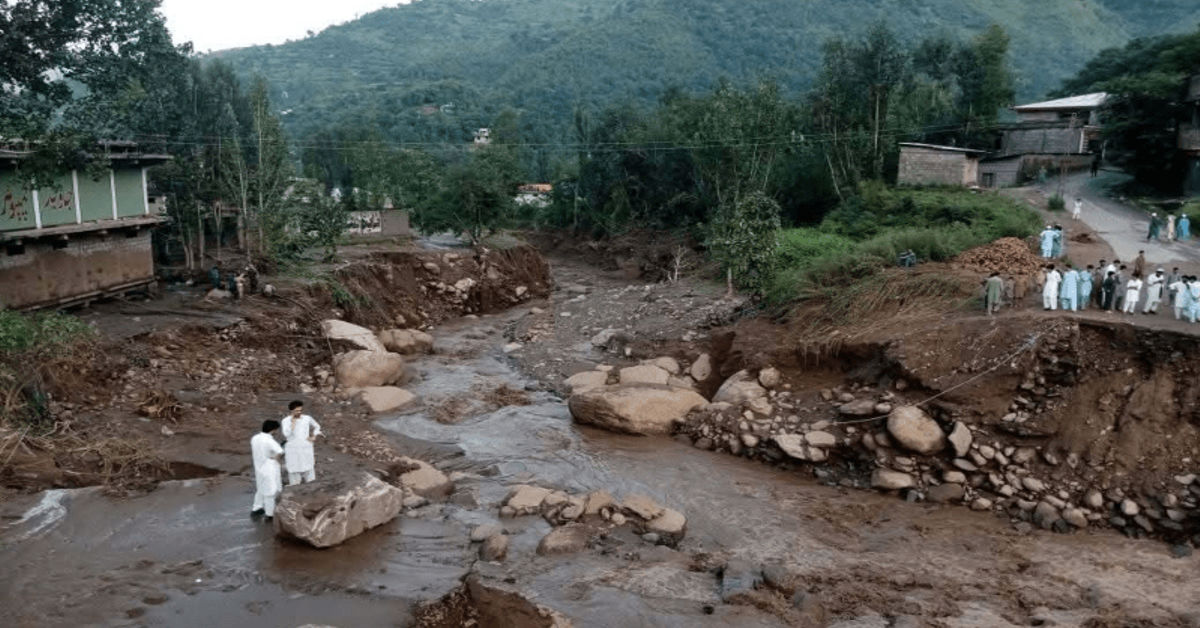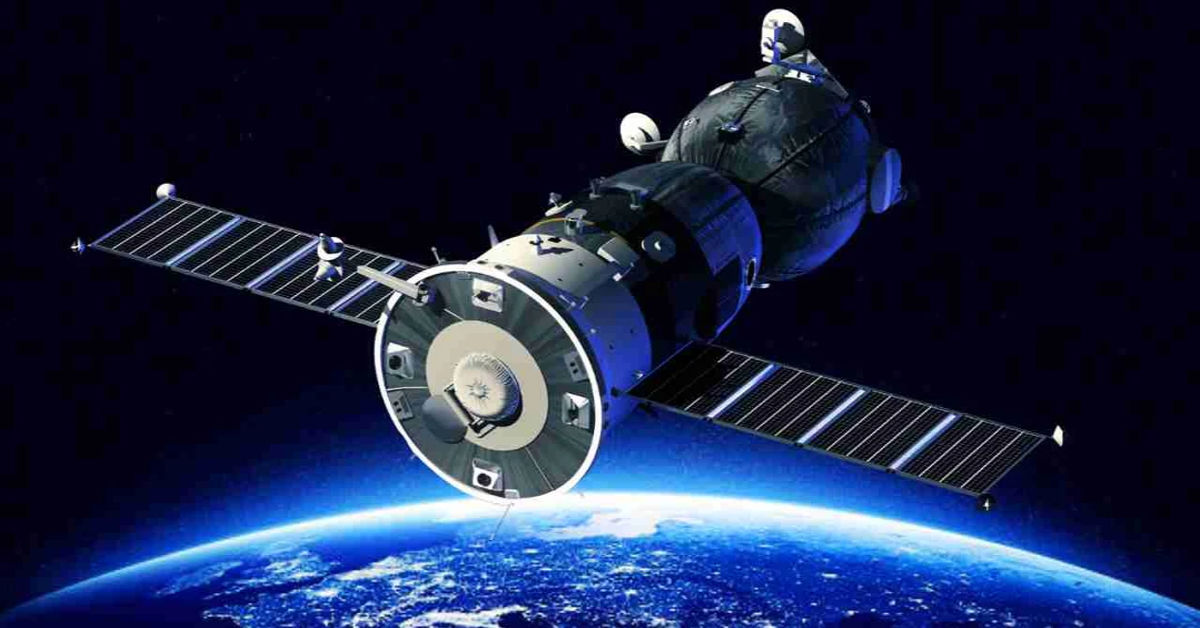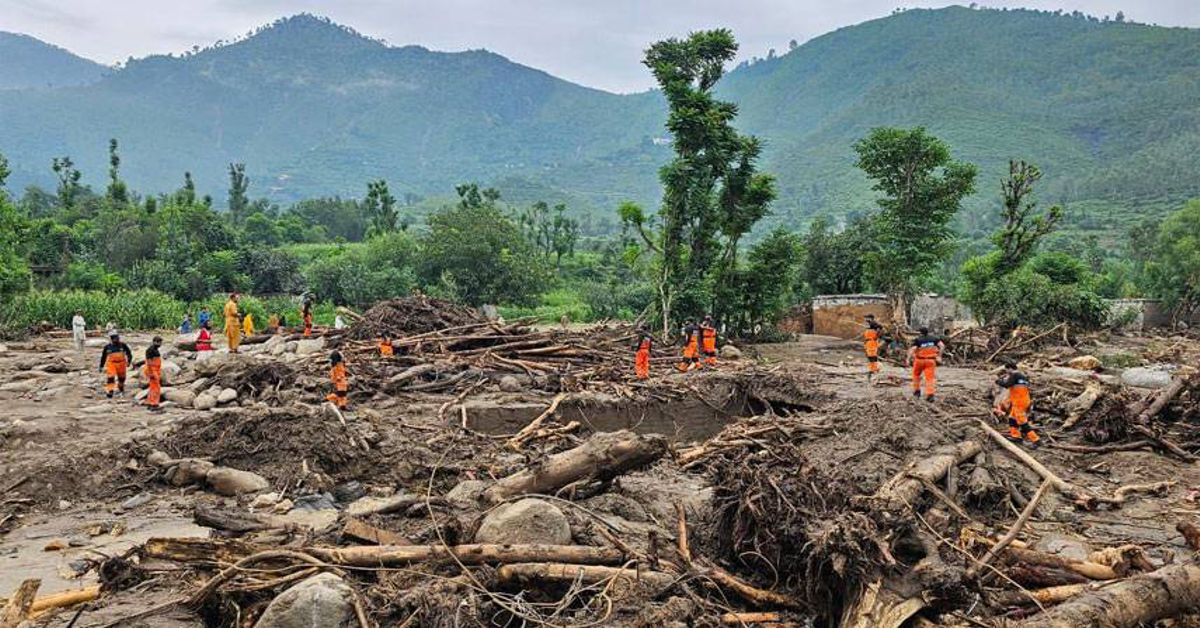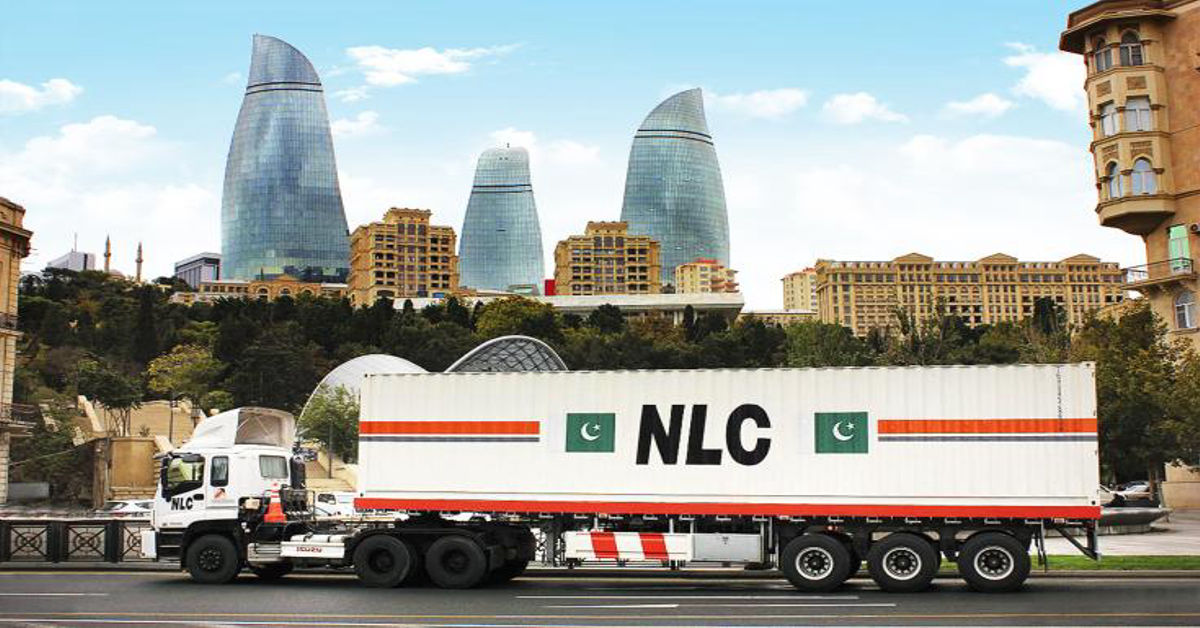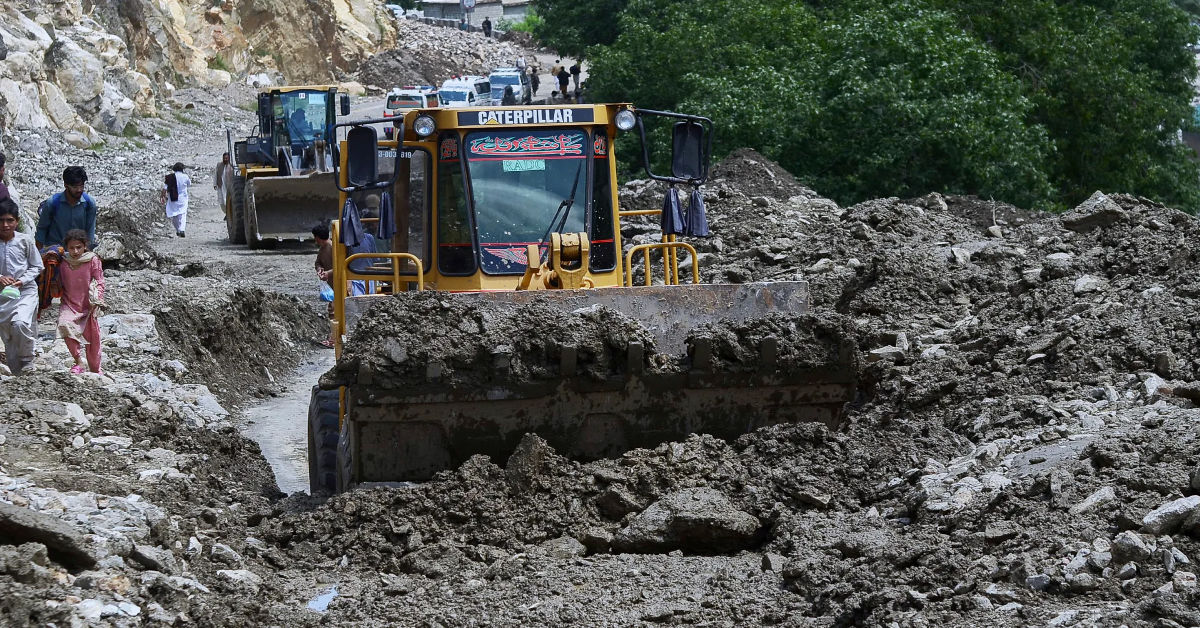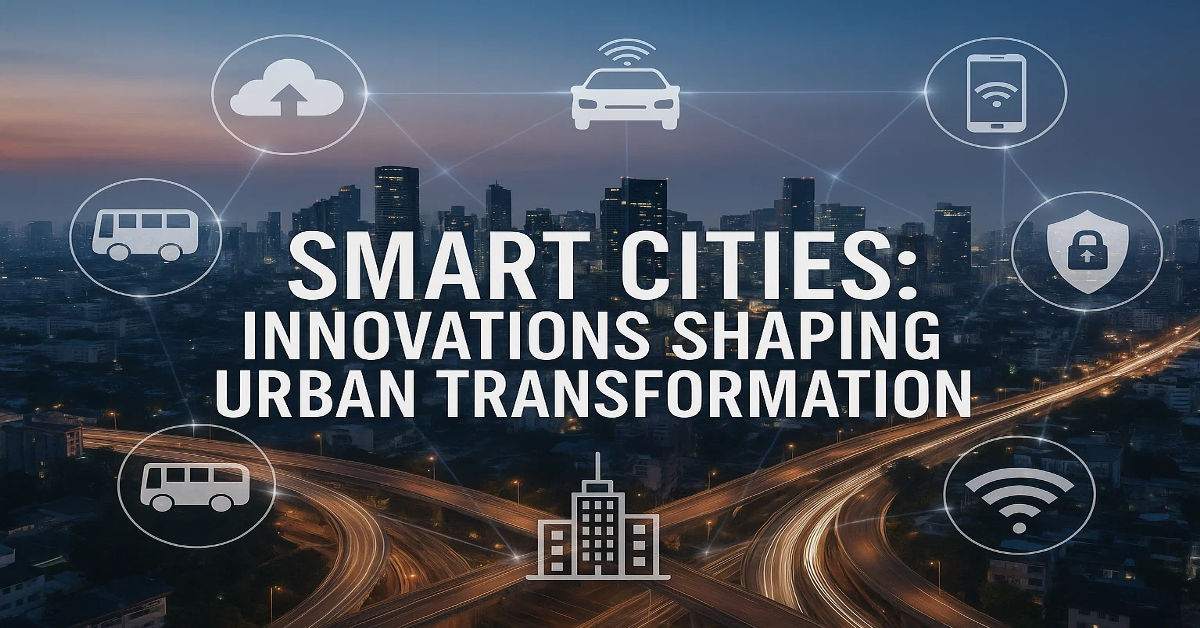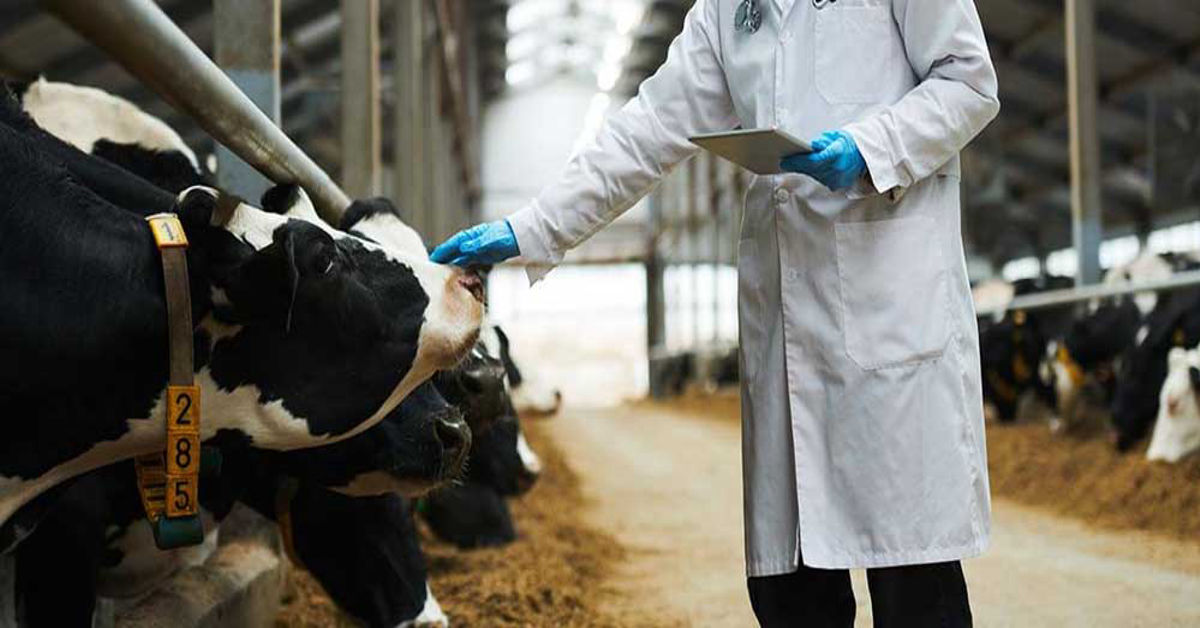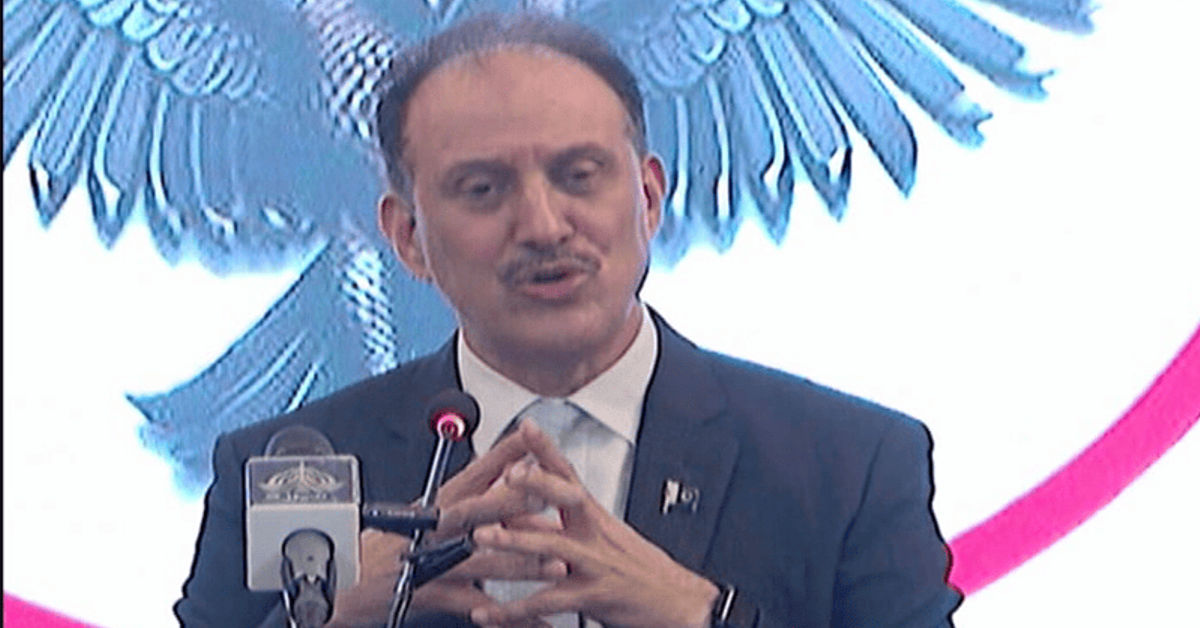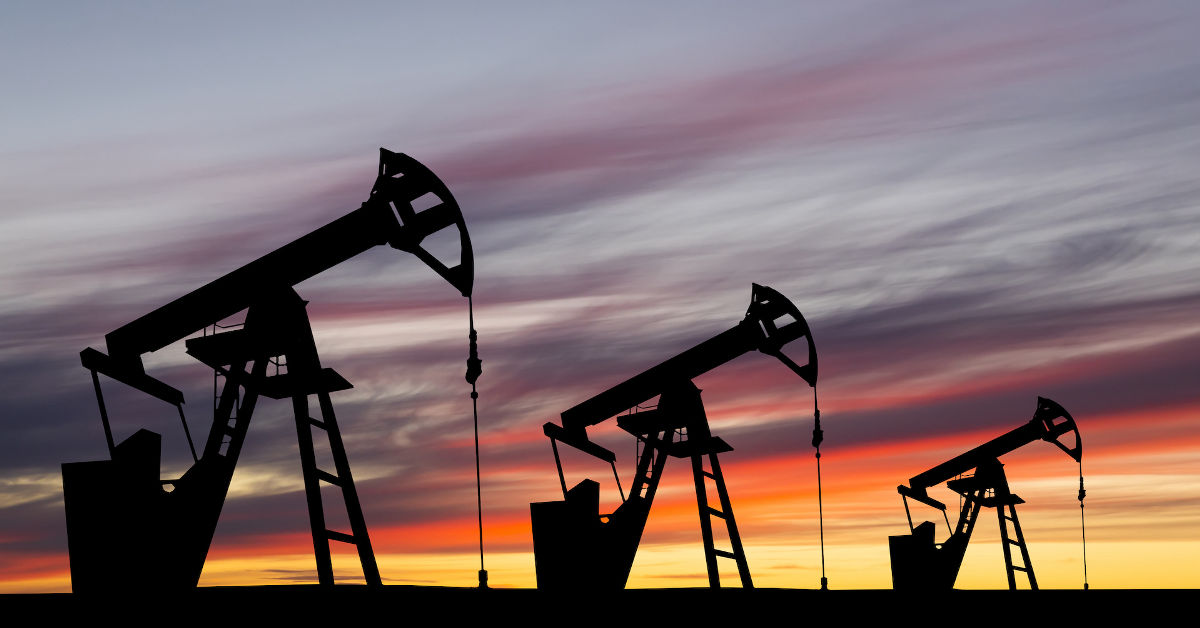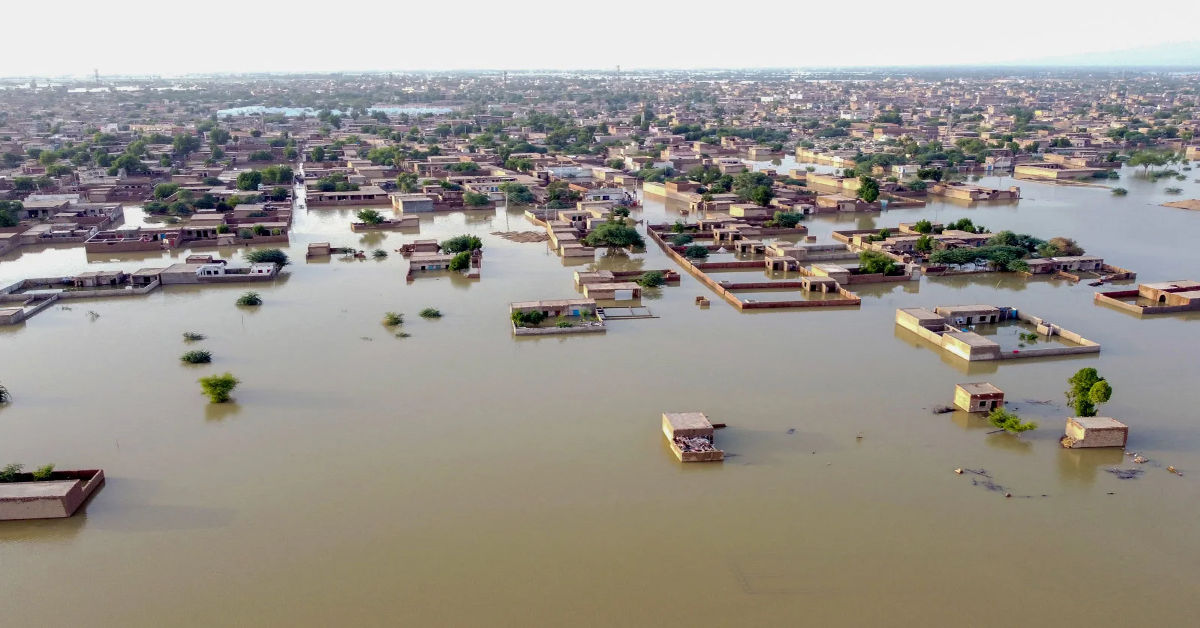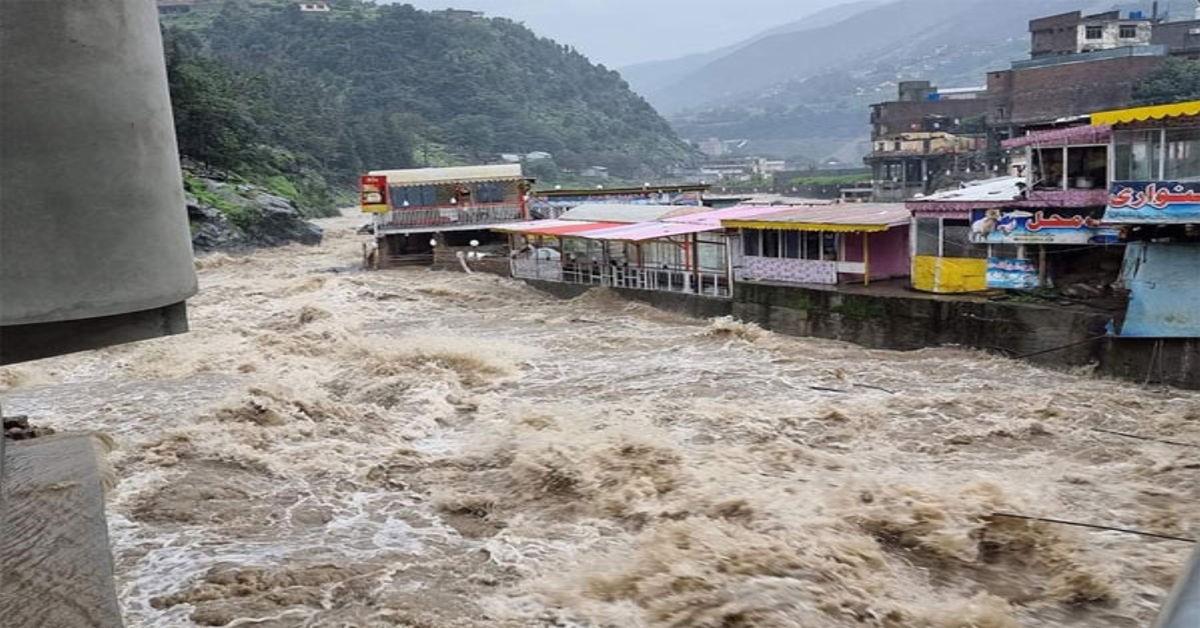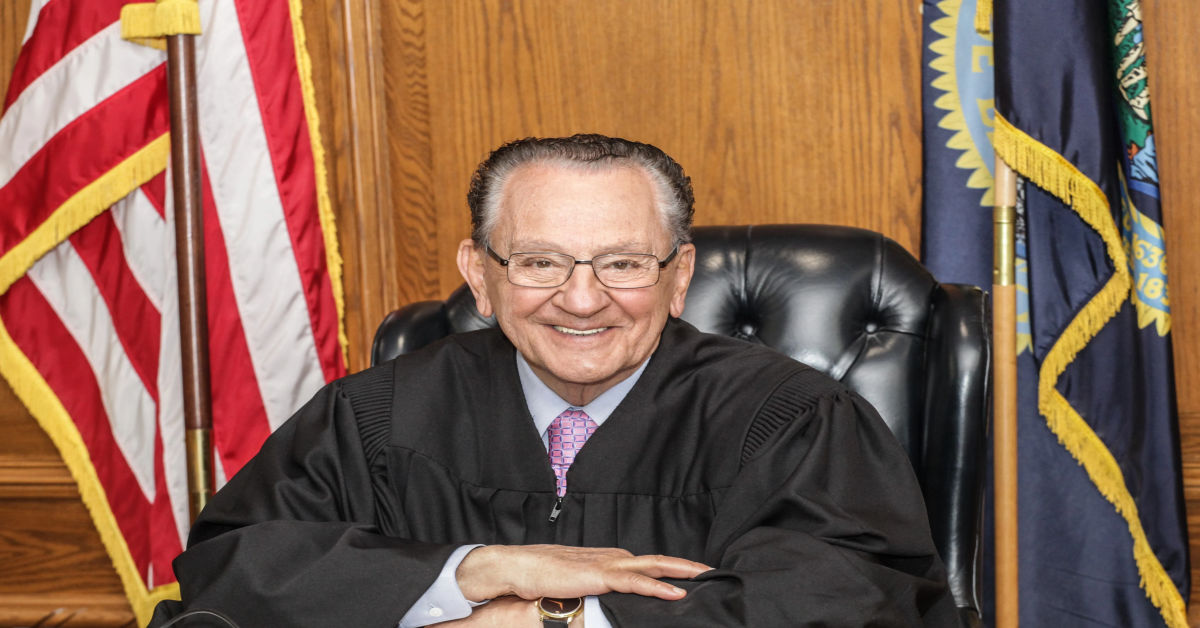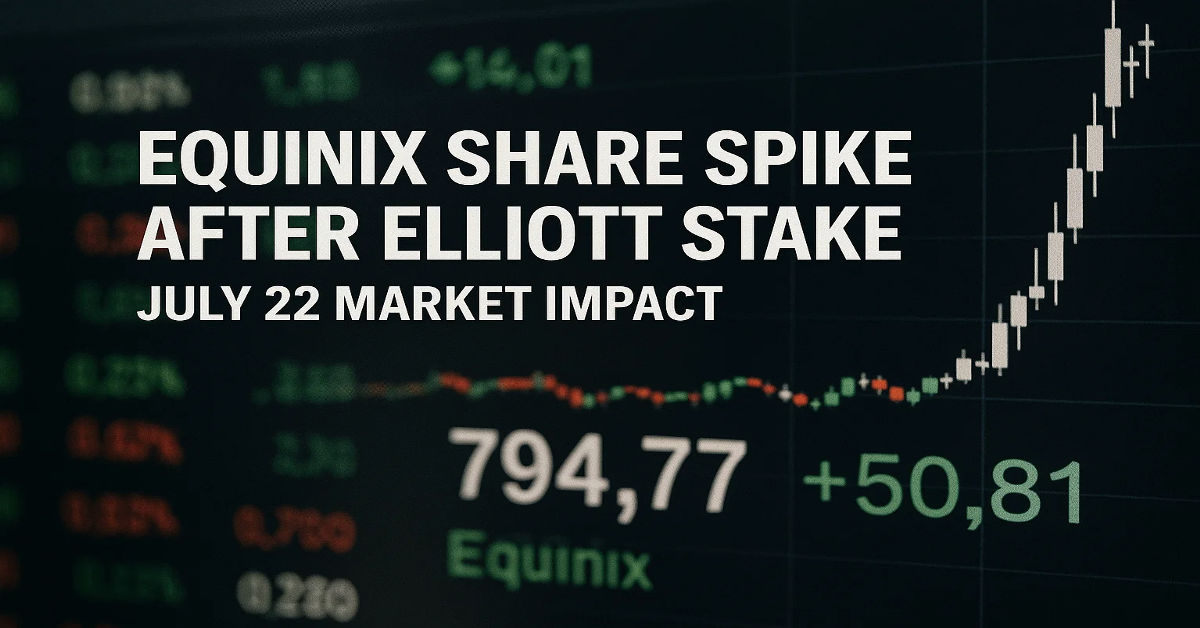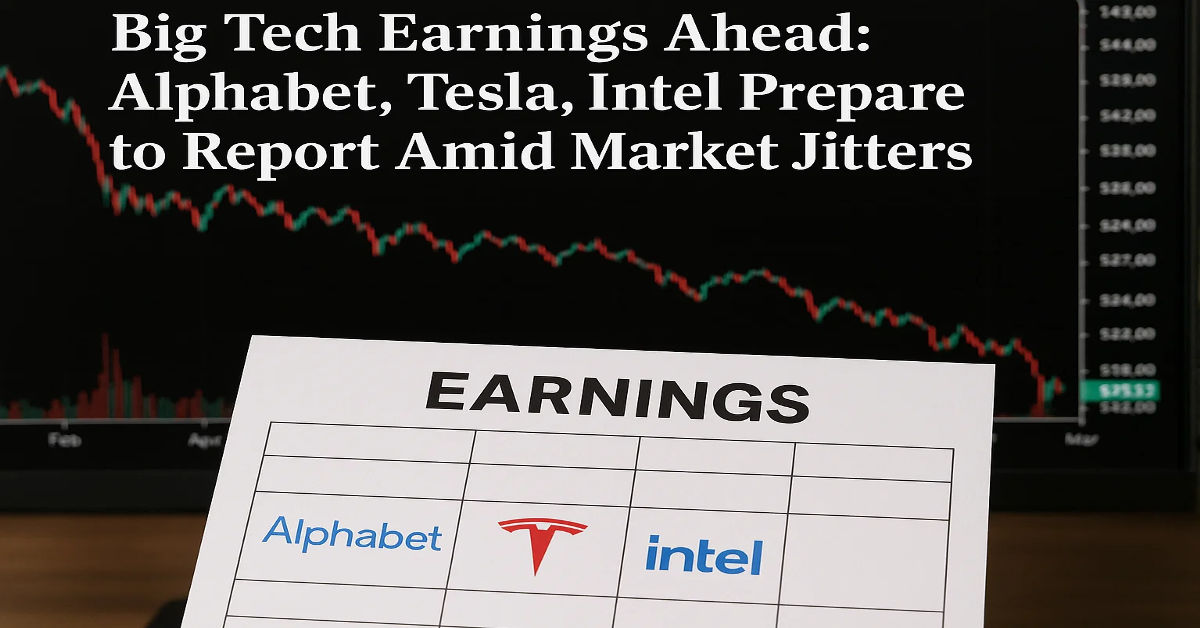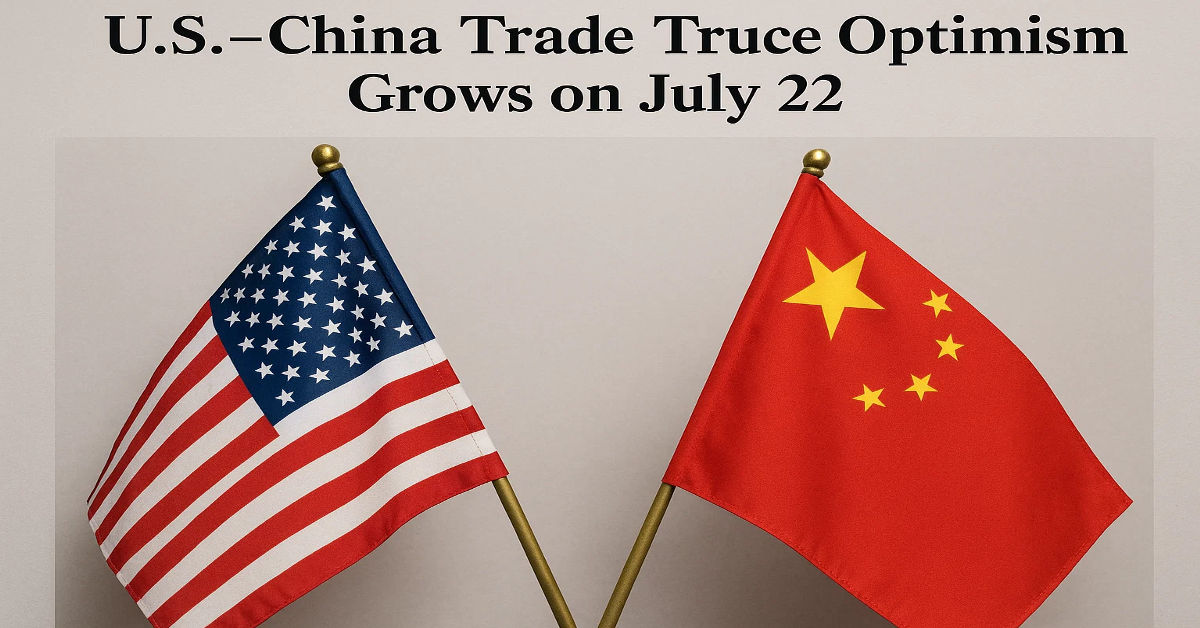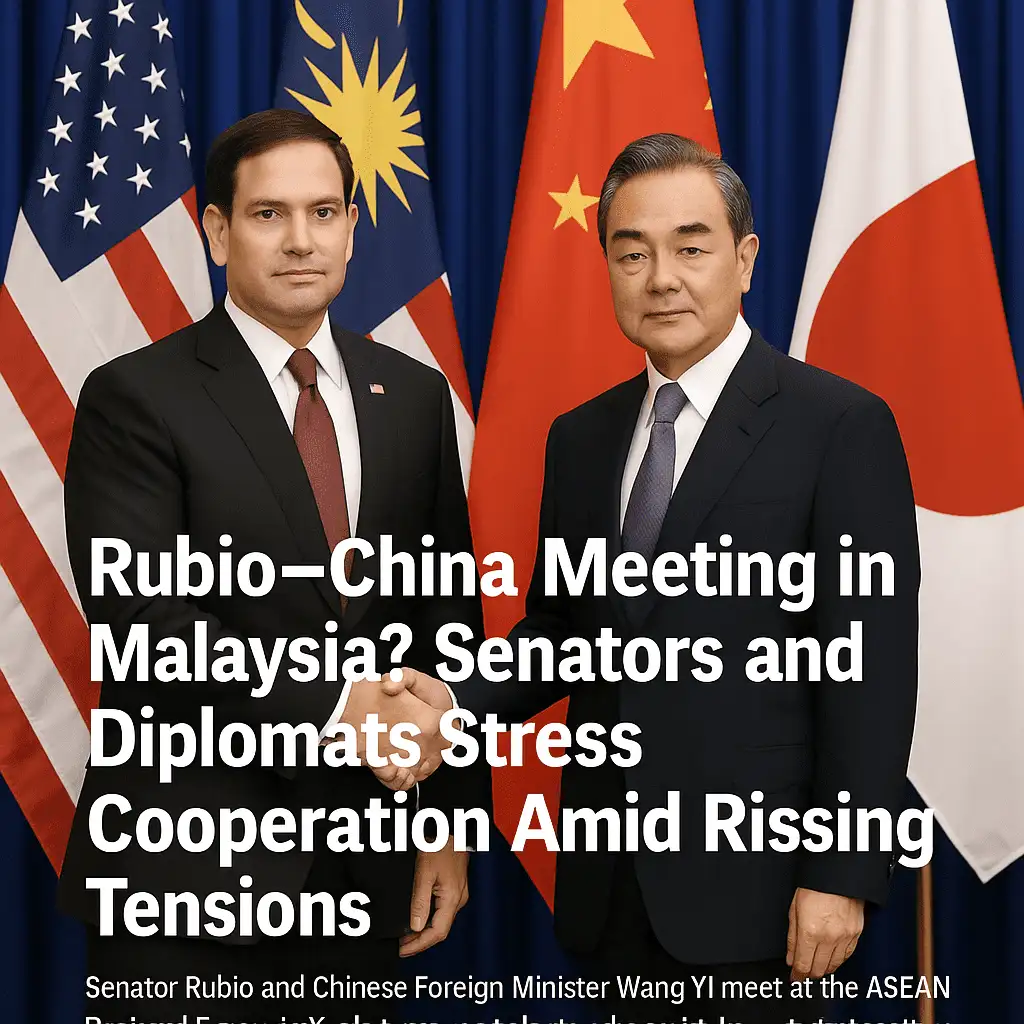
AstraZeneca’s $50B US drug investment in Virginia has officially positioned the Commonwealth — and the United States — at the forefront of a biotech revolution. Announced in mid-2025, the pharmaceutical giant’s bold move to establish a state-of-the-art manufacturing campus represents one of the largest investments in U.S. drug production history.
This initiative is not just about scale. It signals a deep, strategic shift in where — and how — the world’s most advanced medicines will be developed, produced, and delivered.
Why Virginia? Strategic Location, Workforce, and Biotech Potential
Virginia was chosen after a multi-state bidding war that saw significant interest from biotech-friendly regions such as North Carolina, Texas, and Massachusetts. Ultimately, Virginia won out for three key reasons:
Highly Educated Workforce
With access to a dense network of research universities, medical schools, and STEM talent, Virginia offers a talent pool capable of supporting next-generation biologics and cell therapy production.
Robust Infrastructure
Proximity to Washington D.C. and several ports allows for strategic logistics. Supply chains can move efficiently — both nationally and globally — reducing the time it takes to get life-saving medicines to patients.
Government Incentives
The state offered substantial tax breaks, regulatory streamlining, and R&D credits — all part of a national push to onshore pharmaceutical manufacturing and reduce reliance on foreign suppliers.
What Will AstraZeneca Build in Virginia?
The $50 billion will fund the development of a massive biotechnology manufacturing and research facility, which will serve as a global hub for:
- Oncology therapies (including immunotherapies and precision medicine)
- mRNA-based vaccines and therapeutics
- Antibody-Drug Conjugates (ADCs)
- Cell and Gene Therapy platforms
- AI-integrated drug discovery pipelines
- Sustainable manufacturing practices using green bioreactors and closed-loop systems
The facility will also include a campus-style R&D center, providing thousands of STEM jobs and forming partnerships with U.S. universities.
This is more than a factory — it’s a pharmaceutical ecosystem, designed to house clinical research, AI-driven modeling, production, and regulatory testing in one location.
A Global Response to Fragile Supply Chains
The announcement reflects a global pharmaceutical industry reacting to pandemic-era disruptions that exposed serious vulnerabilities in international supply chains.
With over 80% of active pharmaceutical ingredients (APIs) currently manufactured outside the U.S., this investment addresses growing national concerns about dependency on China and India for critical drugs.
AstraZeneca’s move is viewed by industry analysts as the beginning of a global “reshoring” trend — one that the U.S. government has encouraged through legislation, funding, and fast-track approvals.
Economic Impact on the U.S. and Virginia
The immediate effect of AstraZeneca’s $50B US drug investment in Virginia is local job creation. The company expects to hire over 5,000 full-time employees, including:
- Research scientists
- Process engineers
- Manufacturing technicians
- Quality control specialists
- Logistics and IT professionals
Thousands more indirect jobs will be created in construction, education, housing, and healthcare.
Virginia’s economy stands to benefit from:
- An estimated $8 billion increase in annual GDP
- A 15-year commitment to workforce development programs
- Long-term contracts with U.S.-based raw material and equipment suppliers
This scale of growth has been compared to technology-driven development seen in other U.S. regions, such as the innovation boom in Utah sparked by next-gen tech companies. See how Revo Technologies is fueling that transformation.
Political and Regulatory Implications
This deal has significant political weight.
President Biden has publicly lauded AstraZeneca’s investment as a victory for American manufacturing, health security, and job creation. The FDA and NIH are expected to work closely with the company to streamline regulatory approvals.
Key takeaways on the policy front:
- The project aligns with the 2025 Onshore Drug Manufacturing Act
- Expected collaboration with federal biodefense initiatives
- Signals a win for U.S.-EU biotech diplomacy ahead of upcoming trade talks
(Learn more about US-EU trade developments)
This strategic investment gives the U.S. leverage in global healthcare partnerships, positioning it as a major exporter of advanced therapies and medical innovation.
Scientific Innovation: Beyond the Headlines
What sets this facility apart is the emphasis on next-generation biologics, particularly:
1. Cell and Gene Therapy
AstraZeneca plans to manufacture CAR-T and mRNA therapeutics that can target rare and untreatable diseases, with real-time AI assistance in treatment adaptation.
2. AI-Powered Drug Discovery
The Virginia facility will integrate machine learning to model drug interactions, speed up clinical trials, and reduce failure rates — a leap forward in precision medicine.
3. Sustainable Biomanufacturing
The site will use closed-loop systems to recycle water and energy, reducing the facility’s carbon footprint and setting a new industry standard.
Broader Implications: A New Era in Healthcare
This is not just a corporate expansion — it’s a paradigm shift in how drugs are made, regulated, and delivered in the 21st century.
Key outcomes expected:
- Faster access to medicines in the U.S.
- Reduced cost volatility due to stable domestic production
- A boost to public trust in pharma through visibility and transparency
This could also help heal a deeply fractured relationship between pharma giants and the American public, following years of pricing controversies and vaccine skepticism.
Public advocacy groups are cautiously optimistic. Some draw comparisons to the renewed energy seen in social justice and grassroots mobilization efforts, such as the recent Good Trouble Lives On protests, where corporate accountability was a central theme.
Conclusion
AstraZeneca’s $50B investment in Virginia is more than a corporate expansion — it’s a transformational moment for the U.S. pharmaceutical landscape. This bold move places the United States at the center of cutting-edge drug development, from mRNA vaccines to next-generation cancer therapies. It represents a commitment to restoring domestic supply chain security and elevating the U.S. as a global leader in biotech manufacturing.
The facility will not only drive scientific innovation but also create thousands of jobs, stimulate regional economies, and inspire academic-industry partnerships that fuel research excellence. With advanced AI integration and sustainable production methods, it will also serve as a model for future pharmaceutical facilities worldwide.
On a national level, this investment aligns with broader goals to reduce foreign dependency for critical medications and enhance the country’s readiness for future health crises. Politically and economically, it reinforces confidence in the U.S. as a secure, scalable, and science-forward environment for life-saving drug development.
As Virginia prepares to welcome this global facility, the ripple effects will be felt far beyond its borders. AstraZeneca’s historic investment underscores a clear truth: the future of healthcare will be written not just in labs, but in smart policies, strong partnerships, and visionary commitments like this one.
FAQs
1. What is AstraZeneca’s $50B US drug investment in Virginia all about?
AstraZeneca has announced a $50 billion investment to build a state-of-the-art pharmaceutical manufacturing and R&D facility in Virginia. This new site will focus on producing advanced biologics, gene therapies, and next-generation cancer treatments. It’s one of the largest pharmaceutical investments in U.S. history and is expected to significantly enhance the country’s medical infrastructure and biotech capabilities.
2. Why did AstraZeneca choose Virginia for this major investment?
Virginia was selected due to its highly skilled workforce, proximity to major government agencies, and growing biotech ecosystem. The state also offered substantial incentives and regulatory support to attract AstraZeneca. Additionally, Virginia’s strong transportation networks and proximity to Washington, D.C. make it an ideal hub for distribution and policy collaboration.
3. What kind of jobs will be created through this investment?
AstraZeneca’s new facility is expected to create over 5,000 direct jobs in fields like biotechnology, engineering, pharmaceutical manufacturing, research, and regulatory compliance. There will also be thousands of indirect jobs in construction, logistics, education, and public services. This development will offer high-paying, long-term employment opportunities across multiple sectors.
4. How will this investment benefit the U.S. pharmaceutical industry?
The investment will help bolster domestic drug manufacturing, reducing the nation’s reliance on overseas production for critical medicines. It also supports faster R&D cycles, enhanced regulatory collaboration, and greater control over the drug supply chain. Overall, it strengthens the U.S.’s position as a global leader in biotechnology and pharmaceutical innovation.
5. What types of drugs will be produced at the Virginia facility?
The facility will produce cutting-edge drugs including mRNA-based vaccines, cell and gene therapies, antibody-drug conjugates, and treatments for rare diseases. AstraZeneca plans to prioritize next-generation cancer therapies and biologics that require precision manufacturing and advanced technology, ensuring faster and more efficient patient delivery.
6. Will this project help lower the cost of prescription drugs?
While pricing is influenced by many factors, domestic production can reduce costs tied to international shipping, tariffs, and supply chain disruptions. By manufacturing locally, AstraZeneca may help stabilize drug availability and reduce price volatility, especially for specialized treatments. Over time, increased competition and innovation could also lead to more affordable therapies.
7. How long will it take to complete the facility in Virginia?
The initial construction phase is expected to take 3 to 5 years, with core operations beginning within two to three years. AstraZeneca has committed to a phased rollout to allow early-stage production and R&D to begin ahead of full completion. Once operational, the facility will continue to expand its capabilities over the next decade.
8. What role will AI and technology play in this new facility?
Artificial intelligence will play a major role in drug discovery, predictive modeling, and supply chain optimization. The facility will incorporate AI-driven platforms to speed up clinical trials, identify promising compounds, and reduce manufacturing inefficiencies. This makes the site one of the most technologically advanced pharmaceutical hubs in the world.
9. Is this part of a broader strategy to onshore U.S. drug manufacturing?
Yes, AstraZeneca’s investment aligns with national policies to strengthen U.S. biopharmaceutical independence. Recent legislation and federal incentives have encouraged pharmaceutical companies to build production facilities in the U.S. to improve drug security, enhance innovation, and protect against international supply disruptions.
10. How will this investment affect the local communities in Virginia?
Local communities will benefit through job creation, increased tax revenues, and infrastructure development. Educational partnerships with nearby universities will support workforce development, while local suppliers and small businesses will gain new opportunities. AstraZeneca has also pledged to support community outreach and sustainability efforts as part of its corporate responsibility plan.


